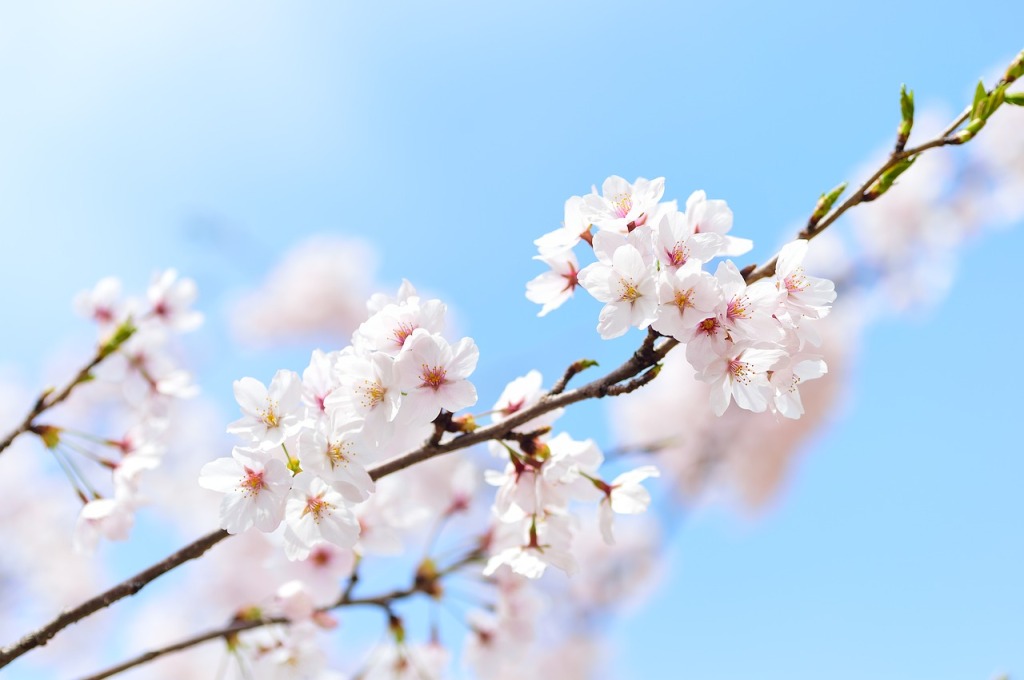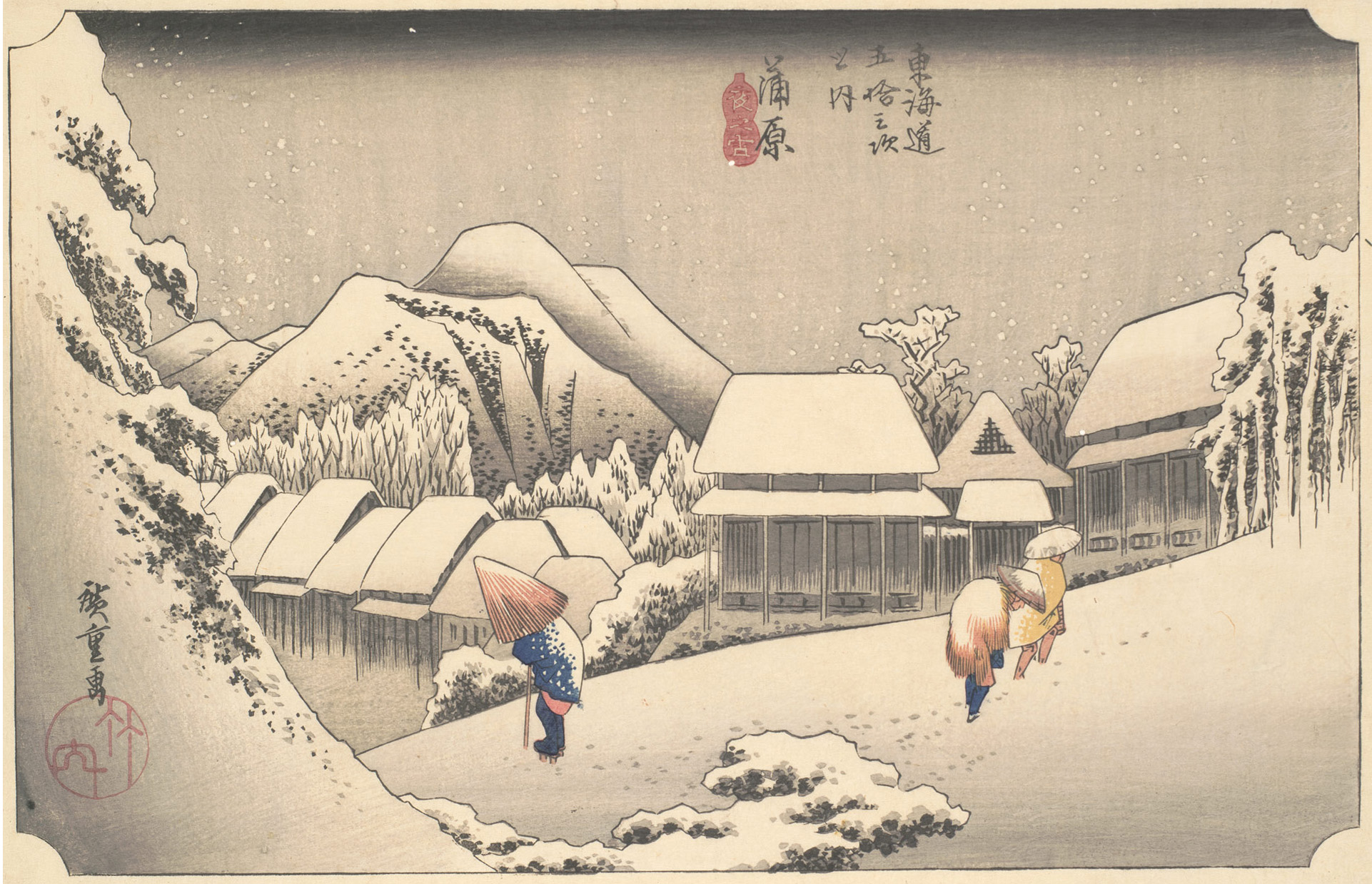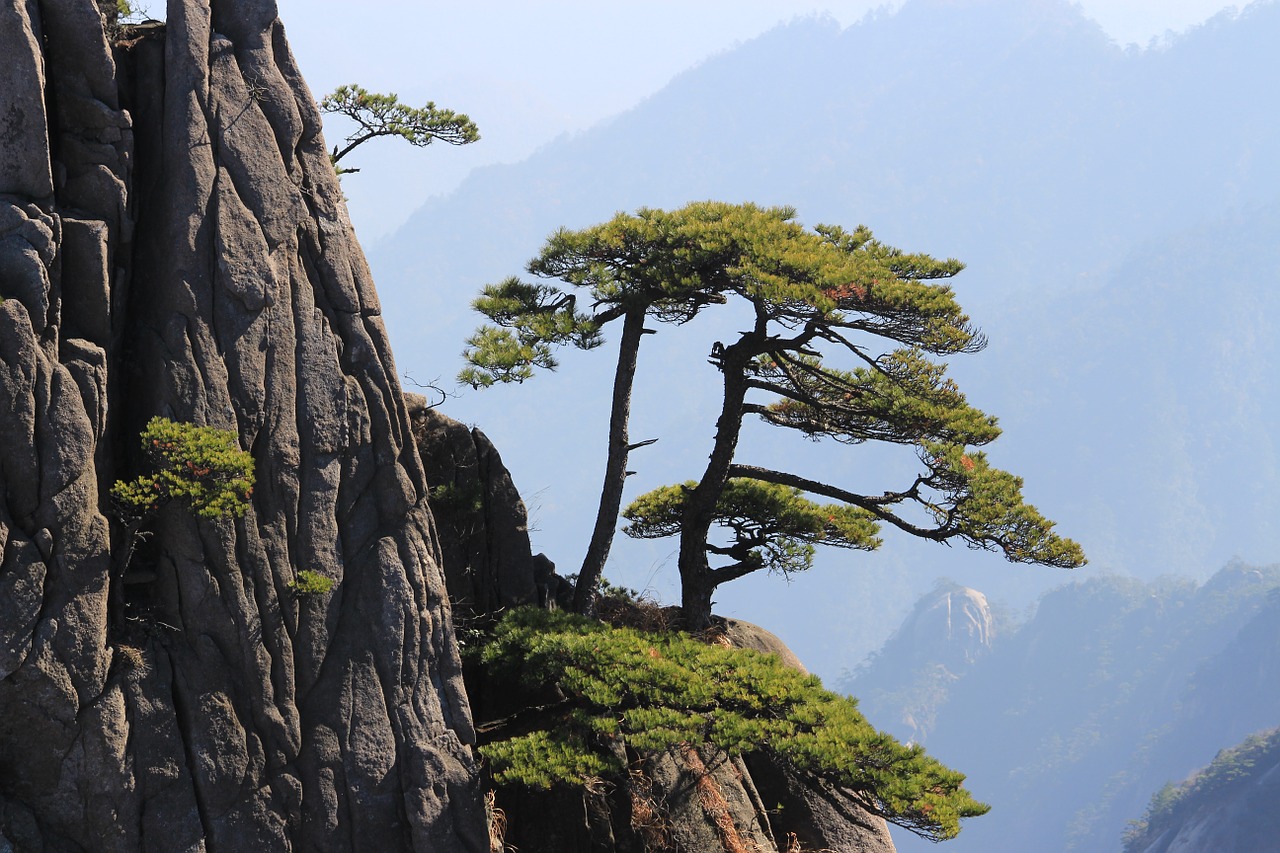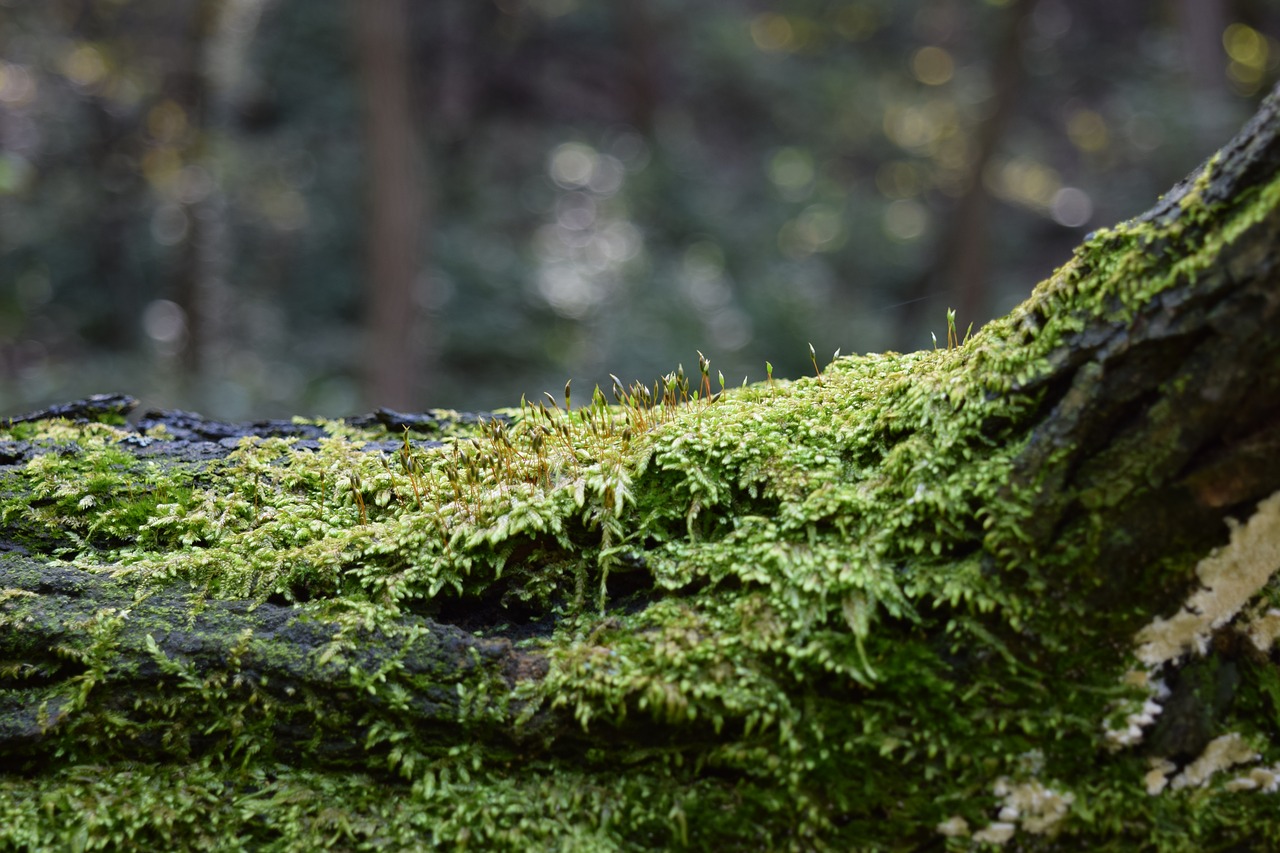July 13, 1689
Station 26, Risshakuji Temple
In the stillness of summer, deep within the rocks of Yamadera, comes the cry of a cicada.
In the quiet, penetrating the rock, the cry of a cicada
Oku no Hosomichi, Matsuo Basho, July 1689
閑さや岩にしみ入蝉の声
shizukasa ya iwa ni shimi-iru semi no koe
Note. Of course, various translations exist. Many of them can be found on Haiku Topics by Dr. Gabi Greve. 閑, Kan means ‘quiet’ but conveys the idea of ‘Emptiness’ in Taoism and Buddhism. 岩, Yán, rock signifies the idea of permanence, and 蝉, Chán, the cicada, a symbol of rebirth and regeneration, all combined in one memorable haiku.

Risshakuji, 立石寺
After visiting Seifu in Obanazawa, Basho detoured south to Yamadera, 山寺, the popular name for the Buddhist temple Risshakuji, 立石寺. It is located on the steep slopes of Mt. Hoju, in northern Yamagata Prefecture.
It was there, that Basho composed his well known haiku on the cicada.
In Chinese and Japanese lore, cicadas are high status creatures one seeks to emulate. They are considered pure because they subsist on dew and sap. Lofty because of they perch in trees. In summer, their call is loud and long.
By crawling around, Basho showed respect and emulated the cicada. Perhaps, he hoped, his words could penetrate even the stone itself.
As they have.
Basho’s Notes
From Oku no Hosomichi:
Risshakuji Temple
In Yamagata province is Ryushakuji Temple. Founded by the great teacher Jikaku Daishi, this temple is known for the quiet tranquility of its grounds. Told by everyone to see it, I left Obanazawa. Reaching it in the late afternoon, the sun still lingering. I arranged to stay at the foot of the mountain with the temple priests. I then climbed to the temple itself near the summit.
The mountain consists of boulder upon boulder covered with ancient pines and oaks. The stony ground in the color of eternity, covered in velvety moss. The shrine’s doors were barred and no sound could be heard.
I crawled on all fours from rock to rock, bowing at each shrine, feeling the purifying power of this holy place filling my being.
立石寺
山形領に立石寺と云山寺あり。 慈覚大師の開基にて、殊清閑の地也。一見すべきよし、人々のすゝむるに依て、尾花沢よりとつて返し、其間七里ばかり也。日いまだ暮ず。梺の坊に宿かり置て、山上の堂にのぼる。岩に巖を重て山とし、松柏年旧土石老て苔滑に、岩上の院々扉を閉て物の音きこえず。岸をめぐり、岩を這て仏閣を拝し、佳景寂寞として心すみ行のみおぼゆ。

















